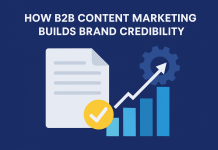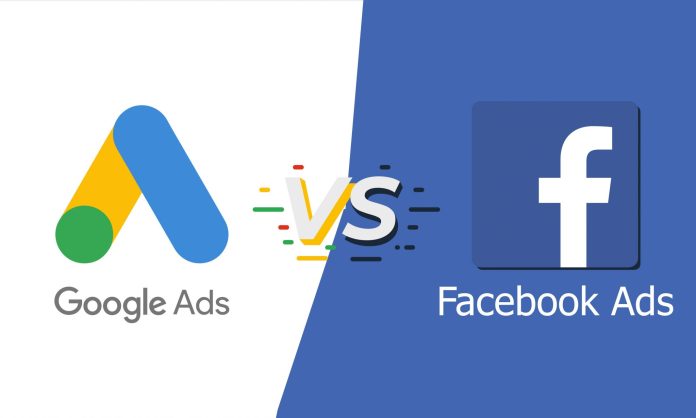In this era of digitalization, most marketers often face this question, Facebook (Meta) or Google advertisement? Both these platforms have benefits of their own and have a huge audience base. Advertisement is an integral part of reaching your audience, and online advertisement makes you stand out in the crowd.
Two major options that we have today are Google and Facebook. Google Ads developed by Google, serves as an online platform where advertisers pay to display products, videos, and/or brief advertisements. Facebook ads are developed by Facebook and are used to run online campaigns on Facebook, Instagram, and the companies owned by it. Google advertisement is called known as ‘Paid search’ whereas Facebook advertisement is known as ‘Paid social’. Let’s discuss in depth these two options to see the pros and limitations of each
Google Ads
Google provides Pay-Per-Click (PPC) platform. They are the world’s largest search engine and have more than 5 billion Google searches daily. This platform will help you reach out to an enormous amount of traffic, and follow a pull market strategy. A few common ways to advertise on Google are;
Display Network: They display your advertisement based on the keywords related to the website. They are pop-ups that are displayed on apps and websites.
Search Network: They get displayed on basis of keywords and display ads on top of Google search results. For example, if someone is looking for ‘travel tickets’, the ad shows at the top of the page with the Ad highlighted.
Videos: These ads get displayed on YouTube and also on Google Display Network.
Google Shopping: These are eCommerce ads. They are based on direct product searches and show high intent and relevant searches. For example when someone searches for ‘football shoes’; your product shows up with reviews, pricing, features like shipping, and more.
Google Ads Retargeting: They help you connect with a lost customer, in a very sophisticated way. This helps you close an off-track sale.
YouTube Ads and Google Display Network, are great to help you build brand awareness. The strength of running Google Ads is that they provide intent-based search. Here you bid on terms that allow you to target people during their buying process at a specific place.
Facebook Ads
The main reason Facebook is called ‘Paid social’ is that they have a huge data bank of human behavior that they track on their social media pages. The social behavior of a person affects the decision of purchase, hence it is one of the most effective ways of advertising. They too offer paid ads services and can be displayed across various platforms like;
- Instagram Newsfeed
- Facebook Newsfeed
- Facebook Marketplace
- Right Hand Column
- Messenger Inbox
- Video Feeds
These advertisements are a great way to generate awareness of your brand. They help you reach your target audience where ads are shown to them based on their interests. The strength of Facebook is that target users are based on factors such as sex, location, age, and more. They show ads to people who are fit for your product. It narrows downs your search and provides a lot of control over where your advertisement reaches.
In the advertisement world, no one tactic will work always. If you’ve used only Facebook ads, give Google AdWords a try and vice-versa. Facebook ads give powerful targeting capabilities and allow you to reach people who didn’t know your product exist that too at a very competitive price. Whereas Google ads are great to reach customers who are showing a high buying intent when they are over the research phase.
Also, keep in mind the cost per action (CPA) to determine if you have a strong return on investments (ROI) on your campaigns. The performance of CPA depends on how well-targeted your ads are. As per a study, the average CPA for Google Ads is 48.96$ for search and 75.51$ for display whereas it is 18.68$ for Facebook ads.
How online advertisement helps your business
- Scale Quickly
- Capture target audience with account-based marketing
- Remarket to existing leads
- Build brand awareness
- Provide multiple purchase pathways
- Drive buyer behavior









